The 10 Essential Fast Fashion Stats
"Fast fashion is both an economic and sociological phenomenon that has grown to epic proportions. What we cut in costs for garments is borne twice over by the planet, and it is absolutely crucial that we change our regulations and behaviours. We believe in empowering people with knowledge, so here is our list of the 10 most essential fast fashion statistics that will help you understand the detrimental impact of this industry on the environment."
— Earth.Org
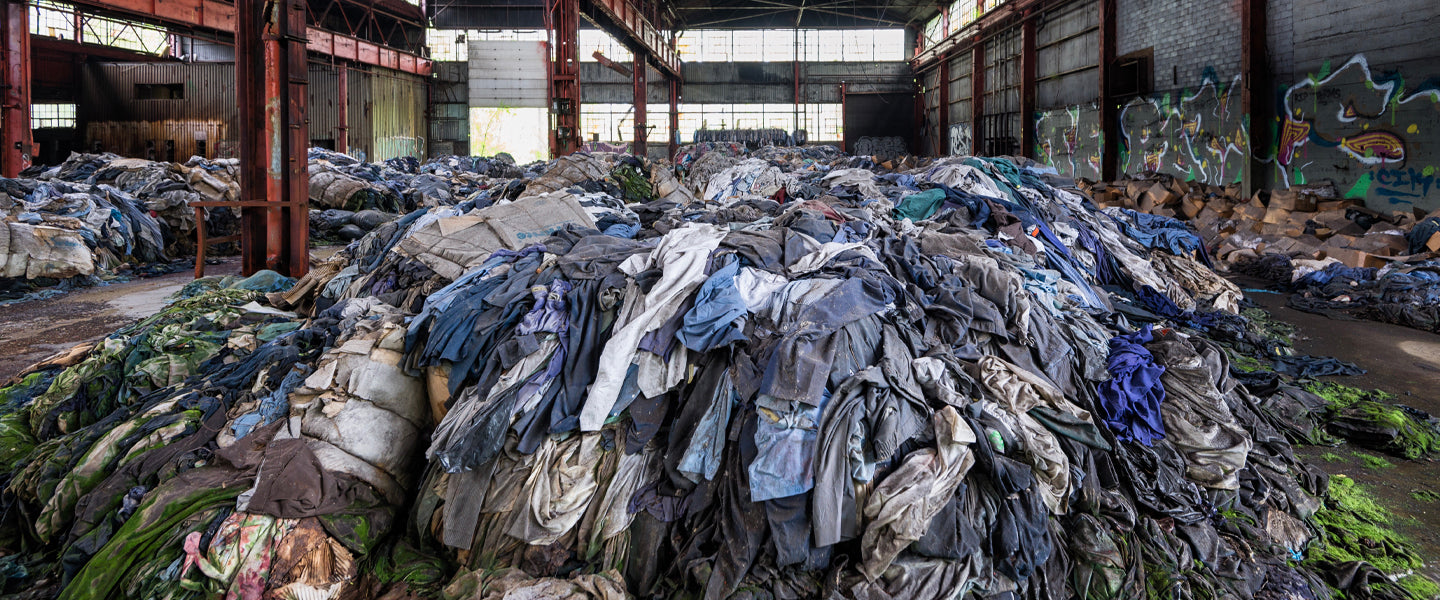
1-2. Clothing Production has doubled- garment usage has decreased
Clothing sales doubled from 100 to 200 billion units a year, while the average number of times an item was worn decreased by 36% overall. -Earth.Org
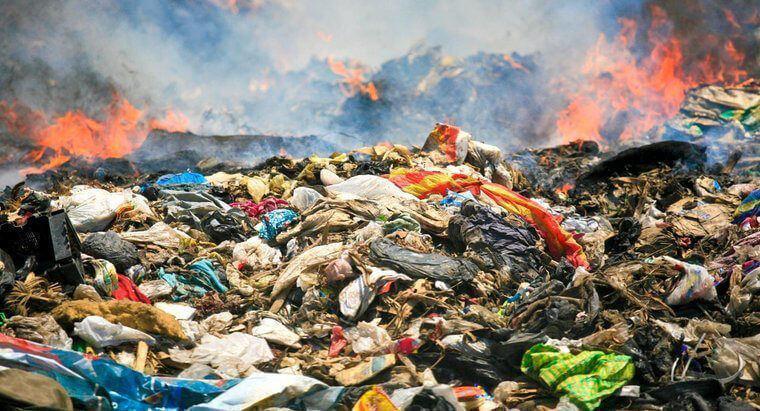
3. Fast Fashion has generated more CO2 than aviation & shipping combined
The fashion industry is the second-largest industrial polluter, accounting for about 10% of global pollution, ranking higher than emissions from air travel and maritime transport combined. -Earth.Org
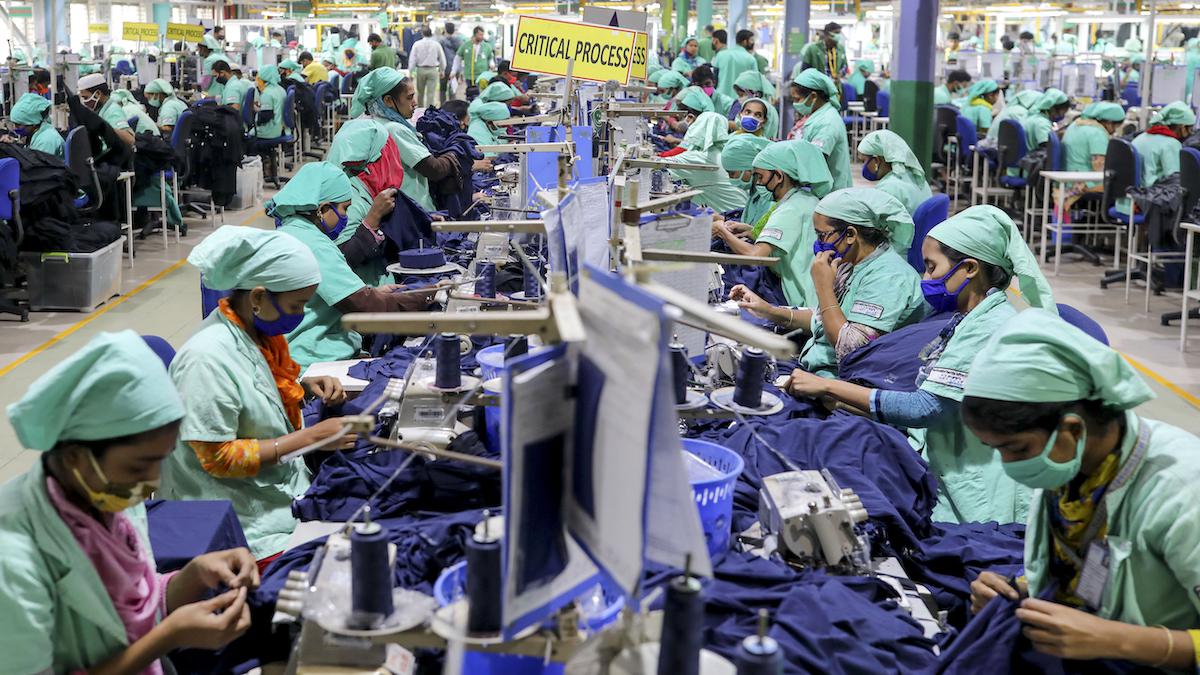
4. More than $500 billion are lost every year due to lack of recycling and clothing utilisation
Garments given up early and thrown out instead of recycled combine to produce massive wastage, estimated at around $500 billion every year. A large portion occurs on the consumer’s side, but retail stores are just as guilty, often spotted tossing or burning unsold stock.
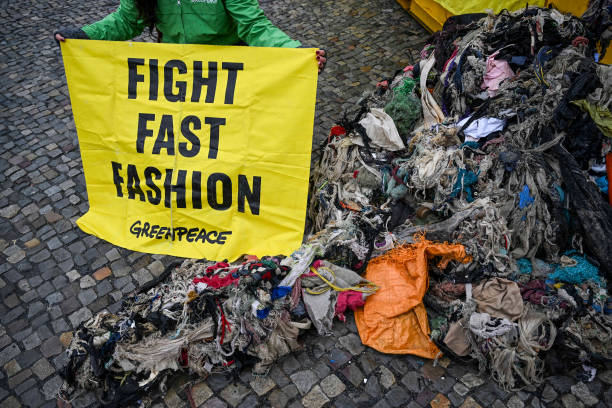
5. Fashion habits around the world vary
Fast fashion is more or less prominent depending on where you live. USA and Canada have purchased the most items of clothing per person than any other country.
Collapsible content
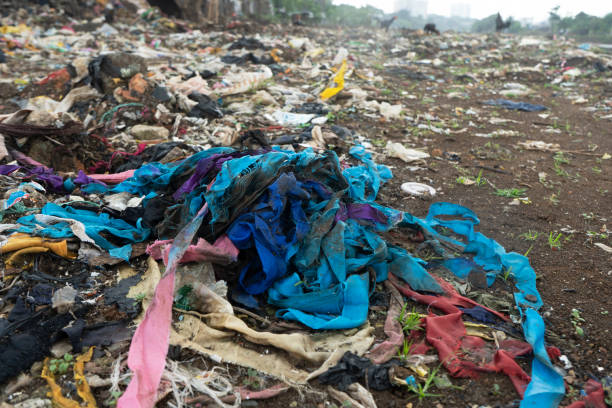
6. 20% of global wastewater comes from textile dyeing
The fashion industry consumes a monstrous amount of water, around 93 billion cubic metres, leaving much of it contaminated by toxic chemicals. According to the UN Environment Programme, 20% of global wastewater comes from textile dyeing.
7. We discard 92 million tons of clothes-related waste each year
92 million tons of waste each year = garbage truck full of clothes sent to the landfill every second = enough to fill up 1.5 Empire State Buildings every day
8. Produces half a million tons of microplastics
Garments are a huge source of microplastics because so many are now made of nylon or polyester, both durable and cheap. Each wash and dry cycle, especially the latter, sheds microfilaments that move through our sewage systems and end up in waterways. We estimate that half a million tons of these contaminants reach the ocean each year
9. Returns of items bought online exceed the amount of all purchased goods
As more and more online retailers, big and small, offer the option to send back goods easily and often for free, return rates, especially of fashion items, have skyrocketed, exceeding 30% of all purchased goods.
10. You can easily help cut consumer emissions by more than half
It has been shown that by skipping one in six washing loads, washing half loads at below 30 degrees, and substituting every sixth dryer usage with open-air drying, we would reduce consumer emissions by more than half.
Shop Pre-Loved with LastCall
The secondhand market is singlehandedly combating modern fast fashion. A small consumer choice is the first step to defeating a giant
